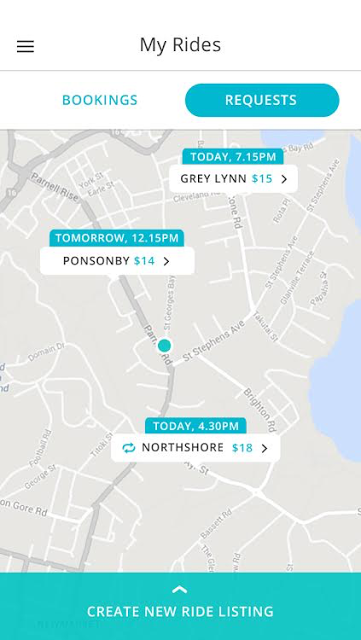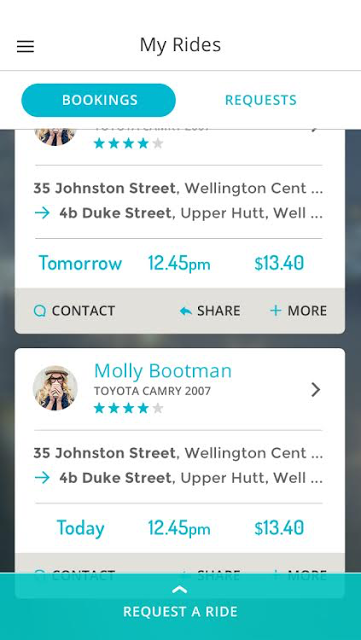Chariot connects New Zealand drivers and passengers in new ride-sharing app, using Google Maps
Editor’s note: Today’s guest author is Dr. Thomas Kiefer, founder of Chariot, a recently launched ride-sharing company in New Zealand. Chariot sees itself as the Airbnb of transportation, “renting out” empty seats in cars to reduce driving costs and ease traffic congestion.
Here in New Zealand, our big cities have the honor of turning up on the lists of “world’s worst traffic jams” year after year. We Kiwis love to drive, but 80 percent of the seats in our cars are empty. We thought, wouldn’t it be great if we could fill those empty seats with people who need rides, and affordably match drivers and passengers? Chariot, our new carpooling and ride-sharing app, is the result.
Google Maps helps us match drivers with riders for all kinds of trips from a single app — long drives between cities, regular commutes and short hops around town. Riders pay only what’s needed to cover a driver’s costs, like gas and wear and tear. We spent months perfecting our waypoint-matching algorithm, which makes it much easier for people to find journeys that meet their travel needs. When we needed a map to help drivers and riders see the options available, Google Maps was our first choice.

When Chariot app users search for rides — using their start and end points, preferred pick-up times and fare — they’ll see a list of potential ride partners. Contribution is calculated upfront based on distance (via Google Maps APIs) and applicable rate of the respective fare zone. Clicking on that list shows a map for each person’s trip. With long rides, things get interesting: Since Google Maps lets us show overlapping ride requests along a journey, a driver can pick up one person at location A, find another person at location B, then drop off the first person, pick up yet another person, and so on. Drivers can make the best use of the empty seats in their cars, while riders get more choices for potential rides.

With the expert help of our integration partner, OniGroup, we’re using the Google Maps Geocoding API to create longitude and latitude points from locations given to us by drivers and riders. The Directions API calculates and displays a preferred route for the driver, and then converts that route to a map polyline, which shows all possible pick-up points for drivers and riders. The polylines work with the matching algorithm to deliver rides that match the driver’s route. We’re also using the Places API to autocomplete addresses as users start typing.
For a startup company like Chariot, partners we can count on are essential. Google and OniGroup helped our small IT team make sure all the APIs work together properly. We know the data we pull from Google Maps is accurate, and our investors like to see that we’re using technology from a trusted brand. When people see how our apps and maps make ridesharing a snap, we hope they’ll join us in our plan to “Drive Change” on the road, as we say here at Chariot. Maybe soon, we’ll “Drive Change” on roads around the world.